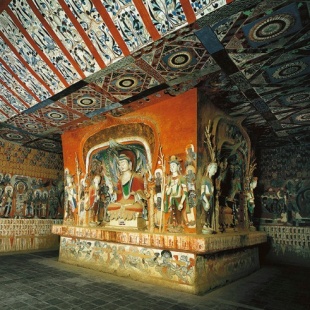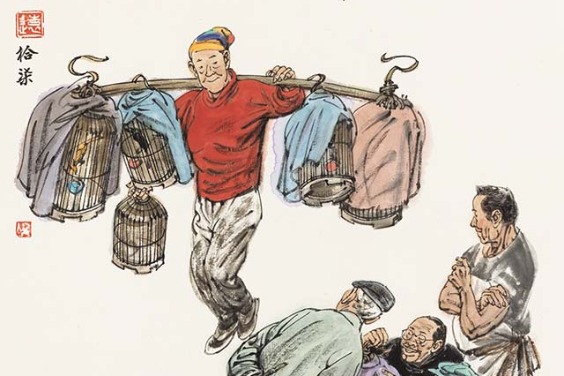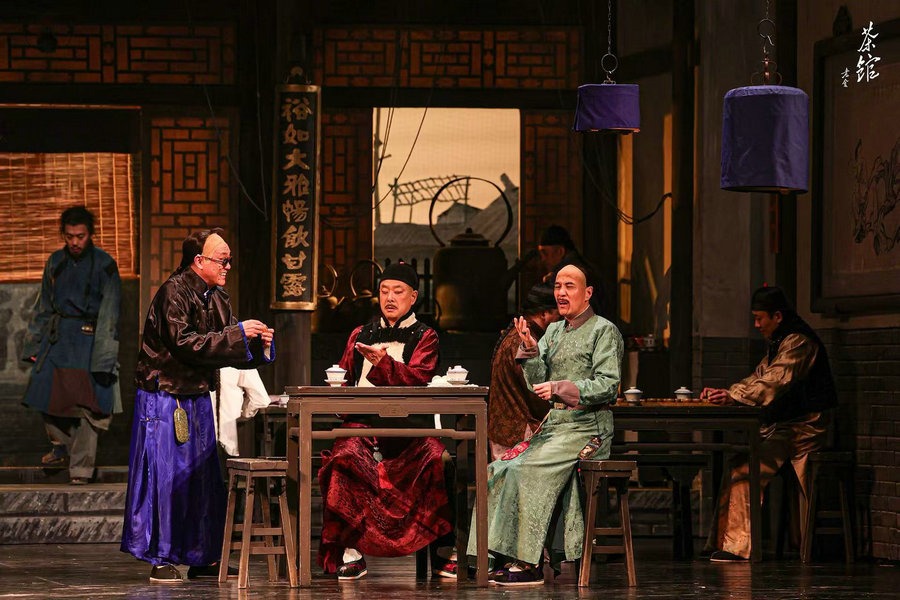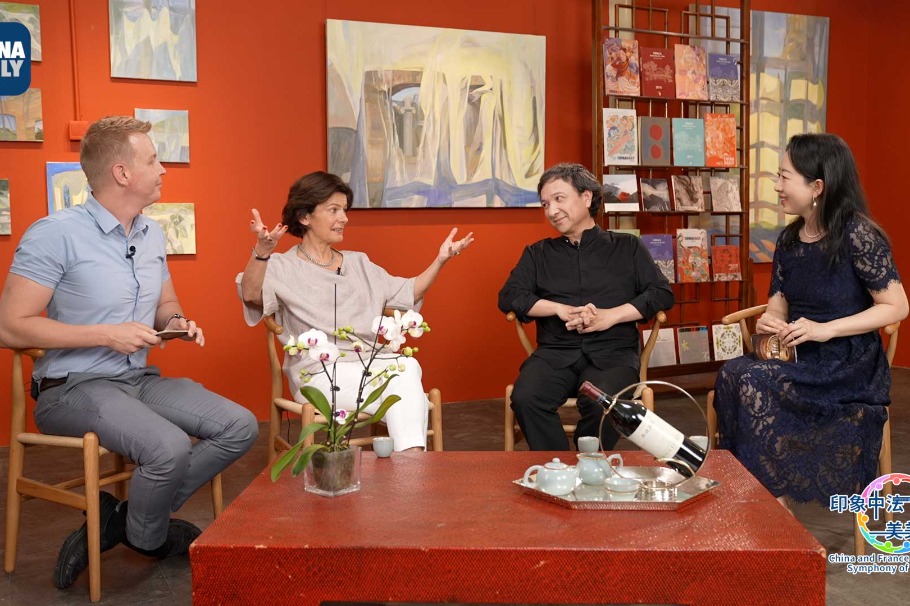Mogao caves

Buddhist culture
The Sui Dynasty (518-618) was a golden age for Buddhism in Chinese history. And the Mogao Grottoes experienced their heyday of construction during this dynasty.
Born and brought up in a Buddhist nunnery, Emperor Yang Jian, founder of the Sui Dynasty, was an enthusiastic Buddhist. After he united the whole country, he made Buddhism the national religion. About 5,000 temples were built, thousands of Buddhist sculptures were carved, and there were some 500,000 Buddhist monks and nuns. His son Emperor Yang Guang was also keen on Buddhism. He had 1,000 copies of the Fahua Sutra published and established a school of Buddhism.
In this period, a large number of grottoes were carved at Mogao. The most common form of grotto dating from this dynasty is the inverted conical grotto. A typical example is the seven-layer conical tower in Grotto No 303, converted from a central tower pillar. Murals in this period were freed from the limit of foreign arts and demonstrated a liberated dynamic creativity. Generally, they show three major features.
First, murals depicting how Buddhists underwent arduous training and endured humiliation for progress in this life receded, and murals depicting easy ways to become a Buddha and attain Paradise began to occupy prominent positions in the grottoes. Second, Avalokitesvara was no longer an accompanying figure for Sakyamuni Buddha. Instead, she was depicted separately and with more grandeur. The appearance of the separate Avalokitesvara marked progress in China's Buddhism. Third, as secularization of Buddhist art began to emerge, figures in murals in this period were more lifelike.





































